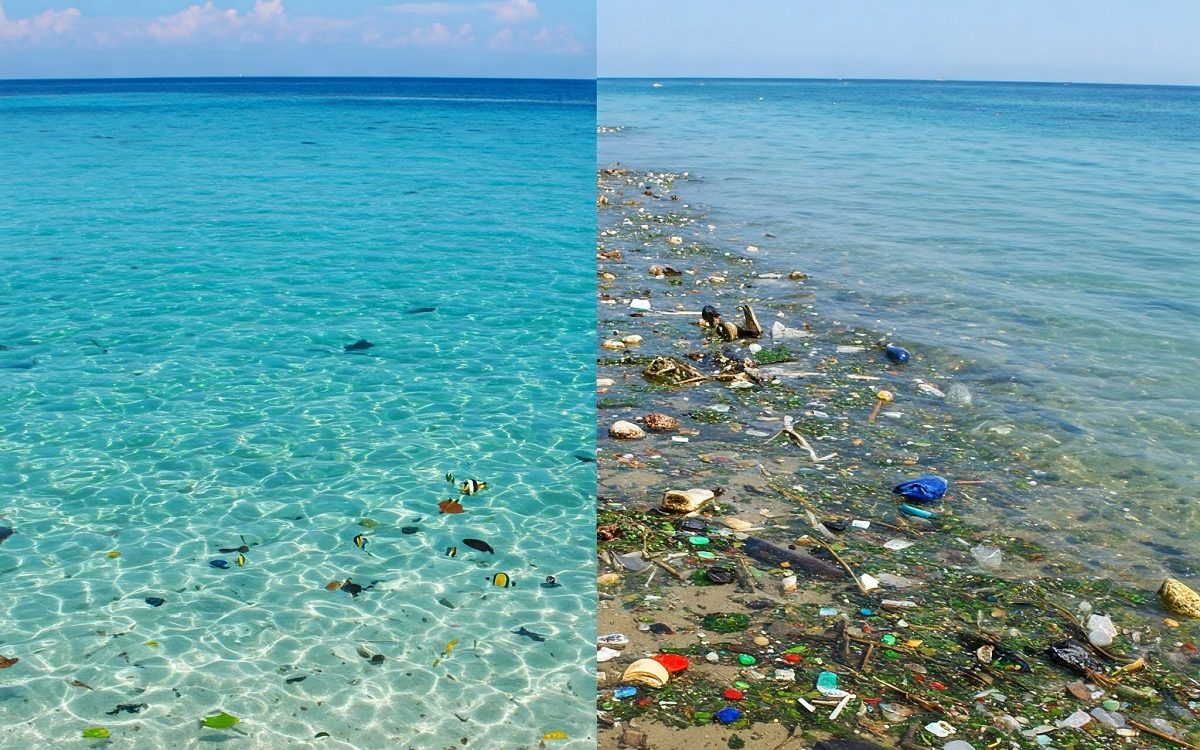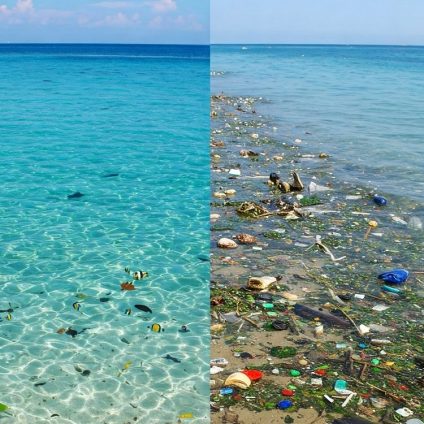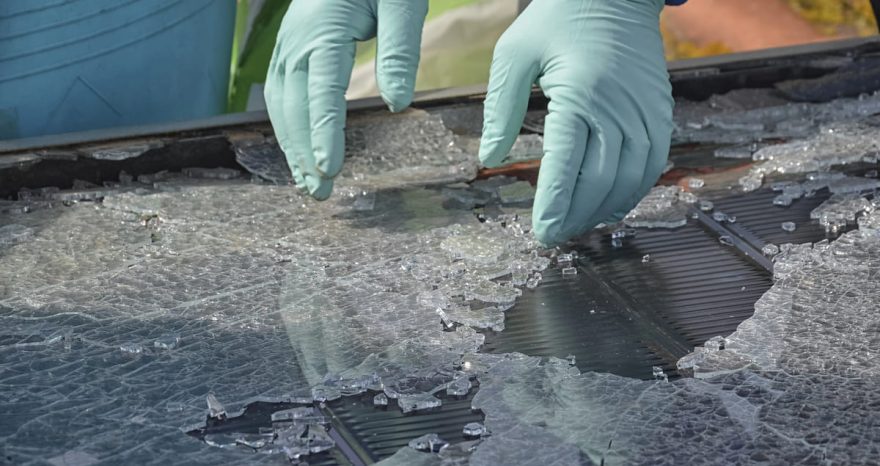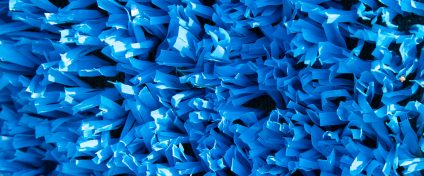Biodegradable spheres made from chitosan are revolutionizing microplastic cleanup by trapping particles and floating them to the surface

Soft spherical purifiers for microplastic cleanup
Microplastics are everywhere: in oceans, rivers, lakes, and even in our drinking water. Studies have detected them in human blood, and even in the brain. These tiny particles pose a serious threat to the environment, wildlife, and human health. Yet traditional cleanup methods like filtration and centrifugation fall short because the particles are too small and light to capture efficiently.
But a recent study from the United States, published in Advanced Functional Materials, might offer a breakthrough. Scientists have developed a promising new strategy for microplastic cleanup.
The innovation of “smart sponges”
Researchers at North Carolina State University have created tiny active purifiers that behave like smart sponges. These soft, self-propelling particles move through the water and collect microplastics as they go. Called soft dendritic colloids, these purifiers are made from chitosan, a natural material derived from shrimp and crab shell waste.
Their effectiveness lies in their structure: branching, tree-like fibrils that are sticky enough to latch onto microplastics. They work by leveraging weak but effective van der Waals forces, which allow them to adhere to particles even in humid and salty environments like seawater.
The research question
The scientists asked themselves: Can we design soft particles that disperse autonomously in water, capture microplastics as they sink, and then rise back to the surface carrying the trapped contaminants?
Their experiments proved that the answer is yes.
But how exactly do these microplastic purifiers work?
How the microplastic cleanup spheres work
The tiny purifiers cluster into a larger sphere. When placed in water, this sphere moves across the surface thanks to a natural oil, eugenol, applied to one side. This motion is driven by the Marangoni effect, which creates surface tension gradients.
“This lets our purifiers spread across wider areas, collecting microplastics as they travel and sink,” the researchers explained.
Once in the water, the larger sphere disassembles into smaller particles. These begin sinking, picking up microplastics along the way.
At the end of the cleanup proces
After collecting microplastics, the particles rise back to the surface. This is thanks to a chemical reaction: magnesium inside the particles reacts with water, releasing gas bubbles that push the particles upward. But there’s a catch—the gelatin that coats the magnesium must dissolve first, delaying the ascent just long enough to maximize waste collection. Thicker gelatin layers slow the rise even further.
Once the job is done, any remaining purifiers degrade naturally. They’re completely compatible with marine environments.
From lab to real-world testing
According to the American research team, these particles can swim and collect microplastics for up to 30 minutes. When they reach the surface, they form a thick foam that can be easily removed with a net. Even better, the foam can be processed to extract more chitosan, which can then be used to make new purifying particles.
The next step is large-scale testing in real environments like rivers and ports.












